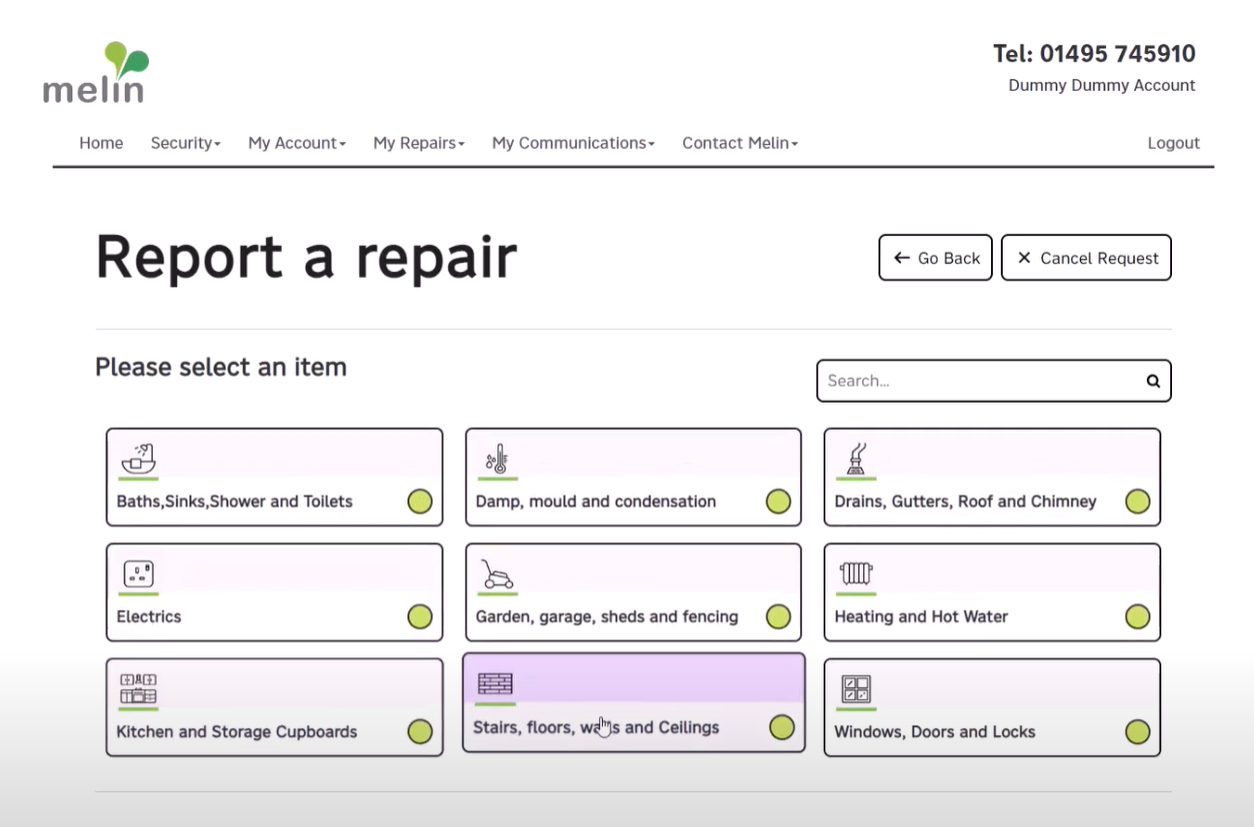3 October, 2013
First Banks, Then Supermarkets. Are Social Housing Providers Next?
Introduction
Where customers are given the opportunity to save time, avoid queuing, place orders and provide or obtain a specific piece of information without assistance at a time convenient for them, they will. Retail banking was revolutionised with the introduction of ATMs, and more recently the retail industry has witnessed with the arrival of the self-service checkout and online shopping. Proving attractive for customers, self-service is delivering significant cost benefits for organisations. Coupled with the rise in internet access, local authority and social housing organisations now have every opportunity to give customers a choice in how they get in touch and to reduce costs in the process.
Driving Change
Organisations offering self-service through web services online can easily reduce the number of calls into their contact centre and gain considerable savings.
The current financial constraints have put many social housing providers under increasing pressure to do more with less. Central to this strategy is the ability to increase the number and volume of services delivered online – self-service is key to driving efficiencies. Socitm, the professional association for public sector ICT management, estimates the cost of each customer face-to-face contact is £8.23 and each telephone contact
is £3.21. In stark comparison, each web transaction is estimated to cost just 39p. By converting just a portion of face-to-face and telephone contact to web contact, organisations could slash their costs.
Unlock The Potential
The concern facing many social housing organisations is whether sufficient customers can and will access the self-service facilities and how to make the service easy to use so that the right information is given.
A study carried out by the Sunday Times in January 2012 found that over 50% of the UK’s population owned a smartphone device. Ofcom reported back in August of 2011 that almost half (47%) British teenagers already owned a smartphone. Research by Nielson uncovered that those in the younger 18-34 age group falling into the lowest income bracket did little to dissuade them from buying a smartphone. Ownership among the lowest income bracket, aged 18-24 years old group stood at 56%.
It’s not all about luxury and so highly priced iPhones and Galaxy S models; there is a wide range of high quality, yet cheaper smartphone devices available on the market. Options are available for sim-free smartphones ensuring the user is not tied to a long and expensive contract making it more attractive to a wider audience. People are realising they can take the place of a fixed line, with more and more young people opting to forgo a landline phone altogether. In some cases it serves as a substitute for an internet connection and at a stretch a computer replacement. As many social residents do not have access to a personal computer the option to self-serve from a smartphone over a website optimised for mobile viewing or indeed an app reduces this potential limitation. Social networking sites are proving hugely popular with a high proportion of the population accessing sites such as Facebook and Twitter from smartphone devices.
Savvy social housing providers are tapping into this growing trend and creating apps for their residents to manage their accounts remotely and including customer service through social networking applications. They provide demonstrations to their residents to help educate them on how easy it is to use and actively promote the availability of new ways to contact on offline materials. The result is significant cost savings. Security has become less of a concern with high street banks successfully offering mobile banking from apps. Both apps and mobile websites focus on stripping back content and making it very easy for users to find what they are looking for. The small screen is forcing providers to think more carefully about the user journey and only providing the necessary information removing the clutter.
The Journey Online
Omfax Systems, the leading information solutions provider for customer service within social housing, provides intelligent scripting systems to over 60 social housing organisations throughout the UK. Building on this solid foundation and experience in contact centre scripting, Keyfax Inter•View Online takes the same intelligence and makes it available to residents on the web. This ensures the customer’s online journey flows smoothly towards the correct answer and enables organisations to provide consistency. Scripting becomes even more important when customers are finding information themselves. This will help customers navigate the potential maze of options and prevent customers becoming frustrated and giving up or even worse ending up with the incorrect information
or instruction. Scripting helps funnel the customer towards the correct information about their enquiry. Manchester City and Solihull Community Housing are examples of social housing providers currently using Keyfax Inter•View Online to provide an online repairs self-service facility. Reporting a repair, enquiring about a tenancy, making a complaint, paying rent; these are just some of the areas of the business that can be made available online. With easily customised scripts, there is no limit to the content that can be made available online for residents.
Why Wait?
Hesitation to offer self-service due to the lack of
social housing residents online would have been understandable at the start of the decade. However, with ongoing initiatives from the government and ‘digital inclusion’ at the top of the agenda, there is real support behind the race to get 100% of the UK’s population online.
The numbers speak for themselves in terms of the potential significant savings. Ultimately, customers should have the choice of various channels to contact you, whether that’s on the phone, via email, through social media or online. As more and more residents use self-service the call centre advisors can be utilised best for more complex queries that justify the higher price tag.
Although, there are still 8.7 million people who are not online even with initiatives like Race Online 2012, led by Martha Lane-Fox, there may always be a segment of community that can’t or don’t want to engage using technology and prefer human interaction. This number will diminish with time as the new generation is brought up in the digital age.
Social Housing providers need to offer the perfect blend appealing to both sides of the digital divide and achieve significant cost savings.





